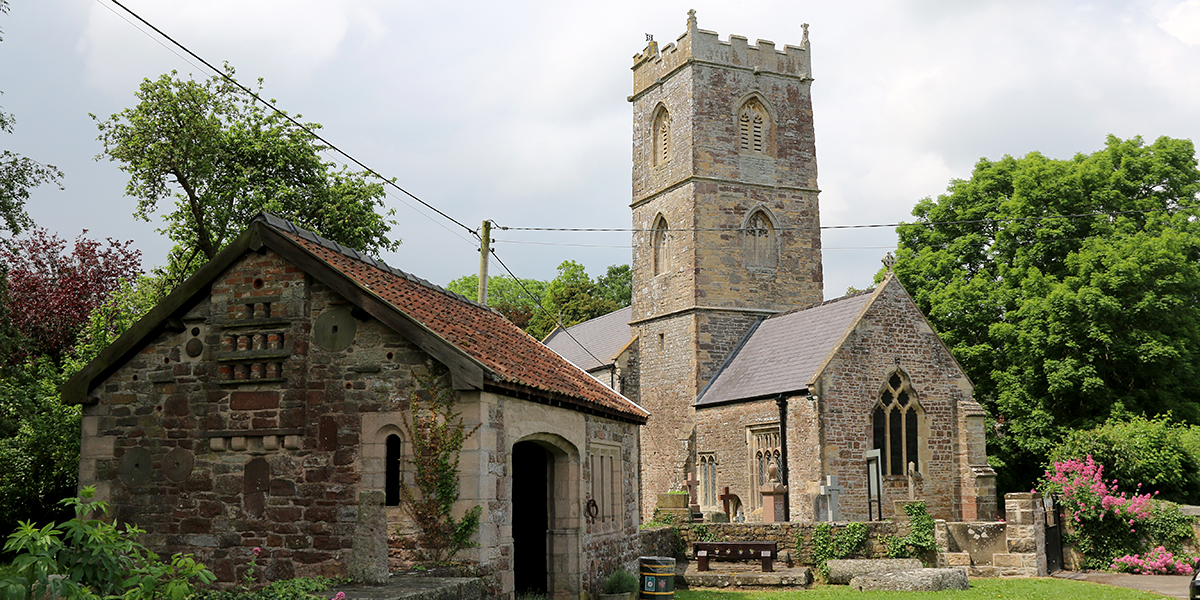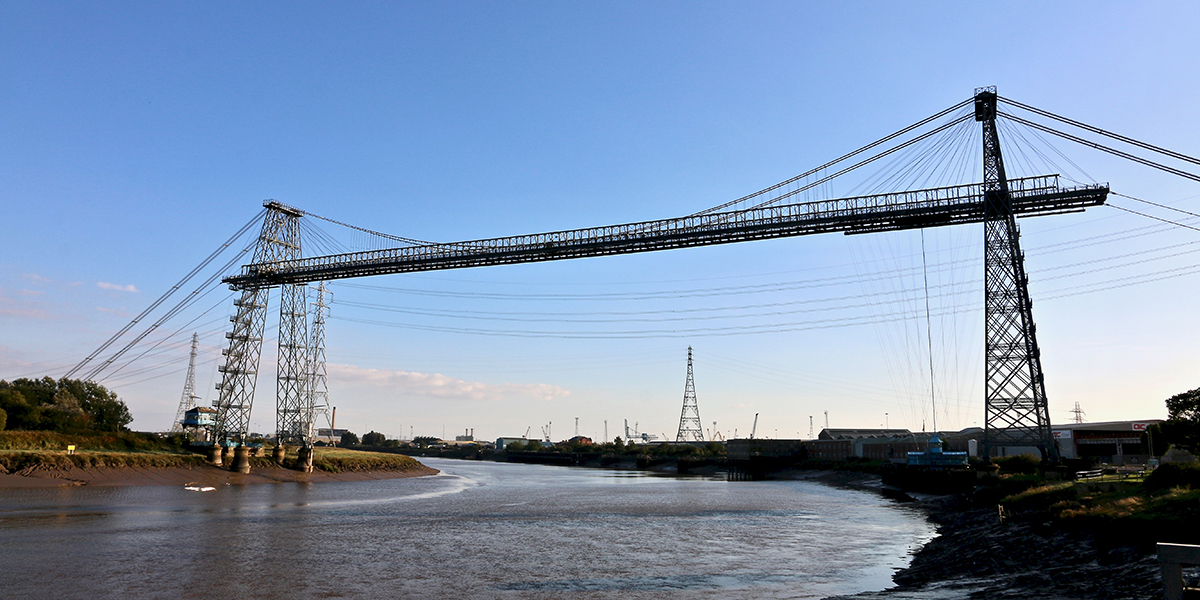Built Heritage
There are a wide variety of buildings on the Levels, including medieval churches, some fine post-medieval cottages and farmhouses, as well as historic buildings, such as Tredegar House, the Newport Transporter Bridge and East Usk lighthouse. There are also some fine buildings associated with the older villages, including small churches whose spires act as vertical landmarks.
Redwick is the best-preserved medieval nucleated village on the Levels, and remains generally in very good condition with few modern buildings and includes the grade one listed Church of St Thomas the Apostle. Two of the six bells in the central tower date from the pre-Reformation period and are thought to be some of the oldest working church bells in the country.
Churches are the key built heritage sites on the Levels. Most of the stories of the Levels are wrapped up in the churches and the community living around them.
As many of the churches looked to the Severn and the sea they are closely linked to the maritime trade history of Wales. Several church records document part of this maritime history. For example, records at Goldcliff church show that children didn’t go to school in Goldcliff in 1912 because the tide came over the sea defences. We can also deduce that the sea wall was breached more often at Goldcliff and Nash by the number of children’s deaths recorded in local parish records. There are sailors graves at Goldcliff and Nash, and grave records are available for Nash, Redwick and Magor.
In St Thomas’ Church at Redwick, a plaque on the outer wall commemorates the Great Flood of 1607. Other examples of similar plaques can be seen on churches in Goldcliff and Peterstone.
Commemorating the Great Flood, St Thomas’, Redwick









